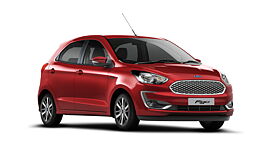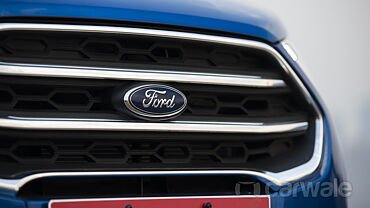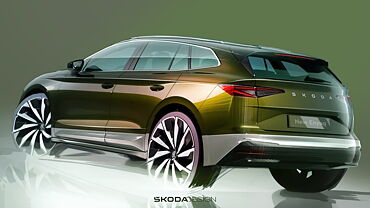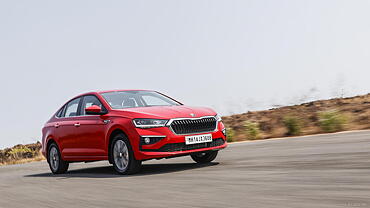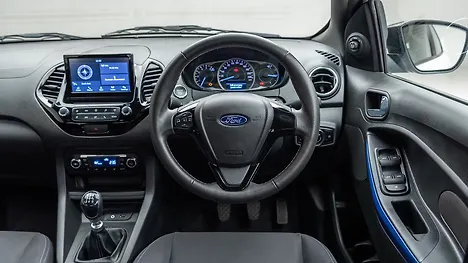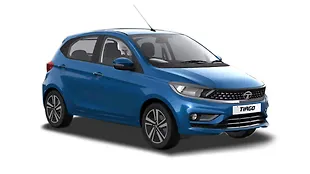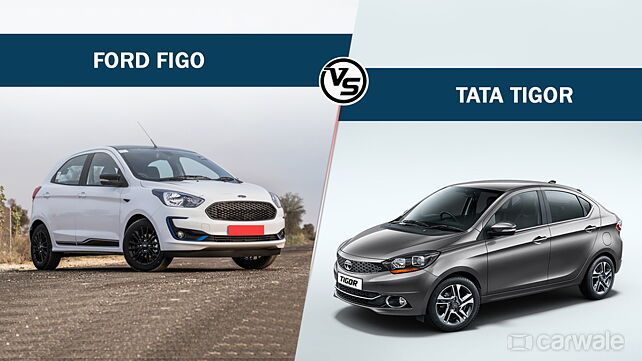
Ford will launch the 2019 Figo in India tomorrow. It is the American automaker’s answer to the likes of the Maruti Suzuki Swift and the Hyundai Grand i10 in the B+segment. While hatchbacks are the forte of this part of the market, Tata is doing it a bit differently with the likes of the Tigor compact sedan. In the words of Tata, it’s a styleback, thanks to flowing rear roofline. It’s one of the rivals to the Figo and here is how things stack up for both cars.
Exterior and styling:
As a part of the design updates the Figo gets a revised grille, chrome elements and in the case of the top spec Titanium Blu variant, it also gets blue inserts for the face. It retains the same silhouette as the outgoing model and there are now 10 colour options. The Tigor was updated in late 2018 and received new headlamps with crystal design elements in the tail lamps. The grille has been tweaked too and a new alloy wheel design is a part of this update.
Interior and features:
The Figo’s cabin is an all-black affair. New to this mid-life update for the hatchback is a floating touchscreen display atop the centre console. Additionally, the top spec model also gets climate control, automatic headlamps and rain sensing wipers. It also offers six-airbags and child-seat anchor points with parking sensors as standard across the variants.
The Tigor’s cabin, on the other hand, includes the addition of a new seven-inch touchscreen audio system. The dual-tone black and grey on the inside now gets a touch of premium feel with faux leather upholstery. In terms of features, it has climate control, auto-folding mirrors, cooled glovebox, driver seat adjust, and electric boot opener.
Engine and gearbox:
Under the hood of the Figo is a set of new petrol engines from the Dragon family, one of which is a 1.2-litre mill which develops 95bhp of power and 120Nm of torque. The trusted old 1.5-litre diesel develops 99bhp of power and 215Nm of torque. Both the engines are mated to five-speed manual gearboxes. There is also a 1.5-litre Dragon petrol that is offered only with the automatic transmission and is priced significantly higher than the equivalent MT variant.
The powertrain options of the Tigor remain unchanged from the pre-facelift model. So there’s the 1.2-litre three-cylinder Revotron petrol engine that produces 84bhp/114Nm of torque while the oil-burner is a 1.05-litre three-cylinder turbocharged motor that produces 69bhp/140Nm of torque. Both the engines are mated to a five-speed manual gearbox while the petrol engine can also be had with a five-speed AMT.
Conclusion:
The Ford Figo has a lengthy mountain to climb in terms of volumes, thanks mainly to its competition in the form of the Maruti Suzuki Swift and the Hyundai Grand i10. The Tigor may be a smaller player but it sells decent numbers across both fuel options. Now with these updates it looks like the Figo has a standing chance of fighting with the competition.

